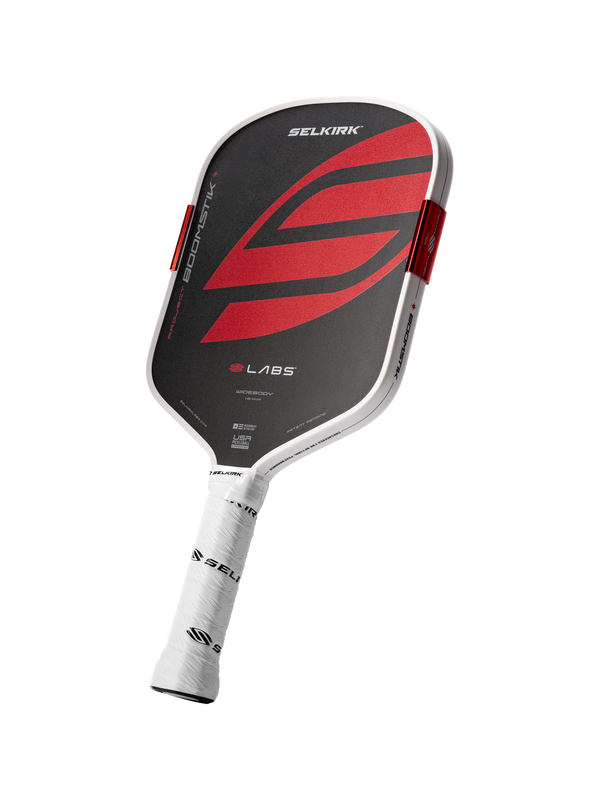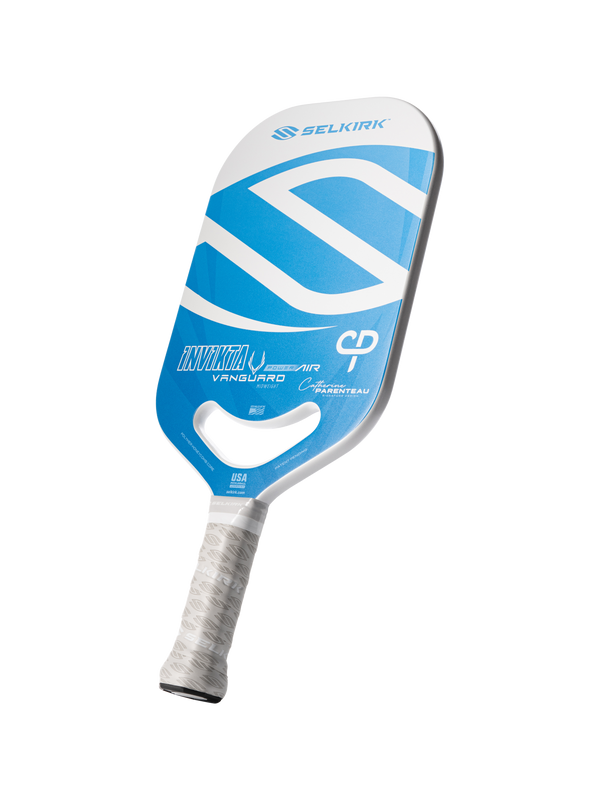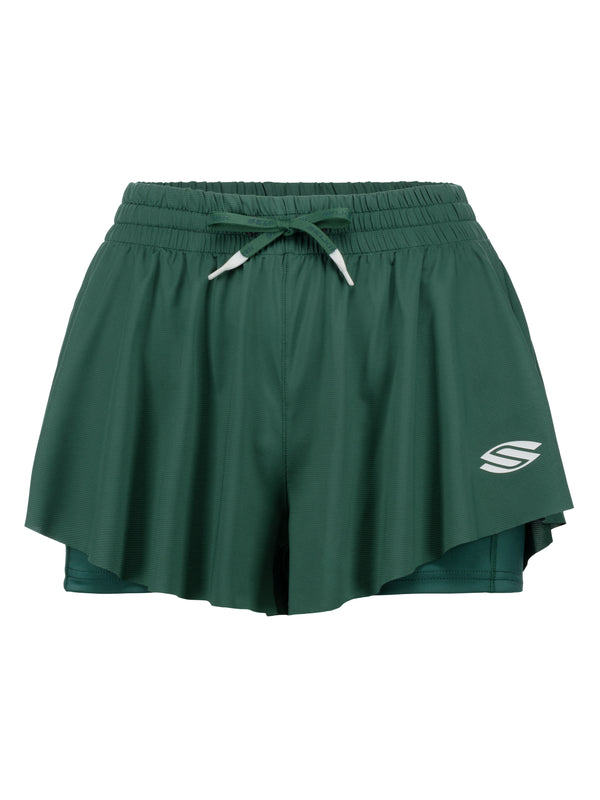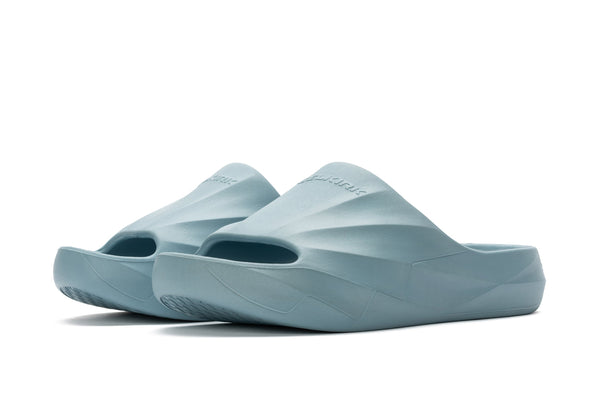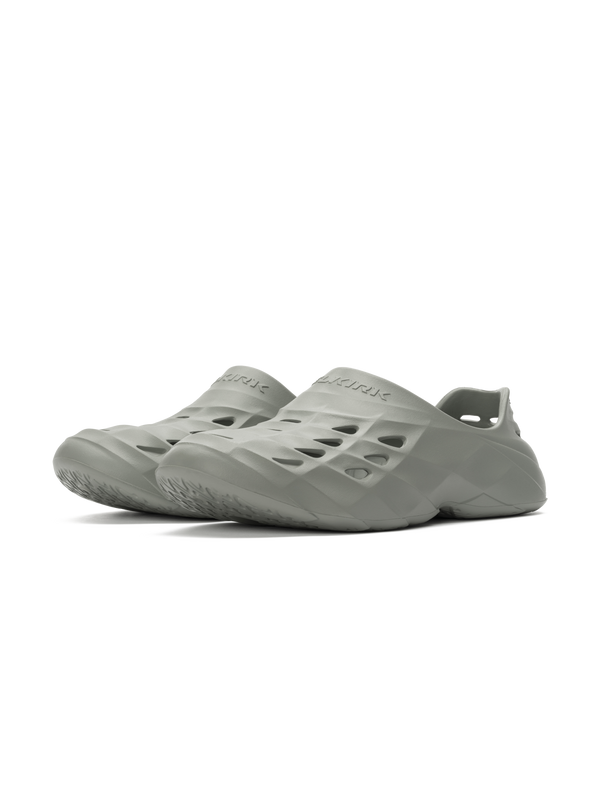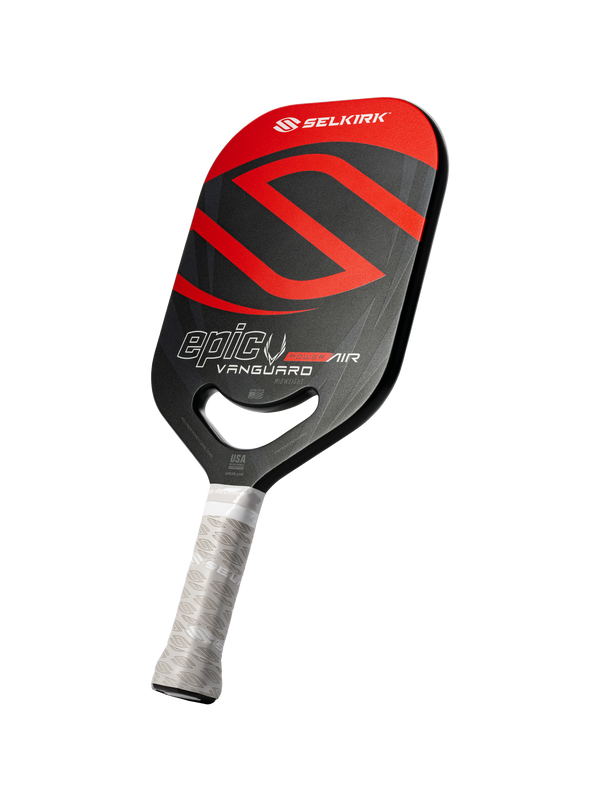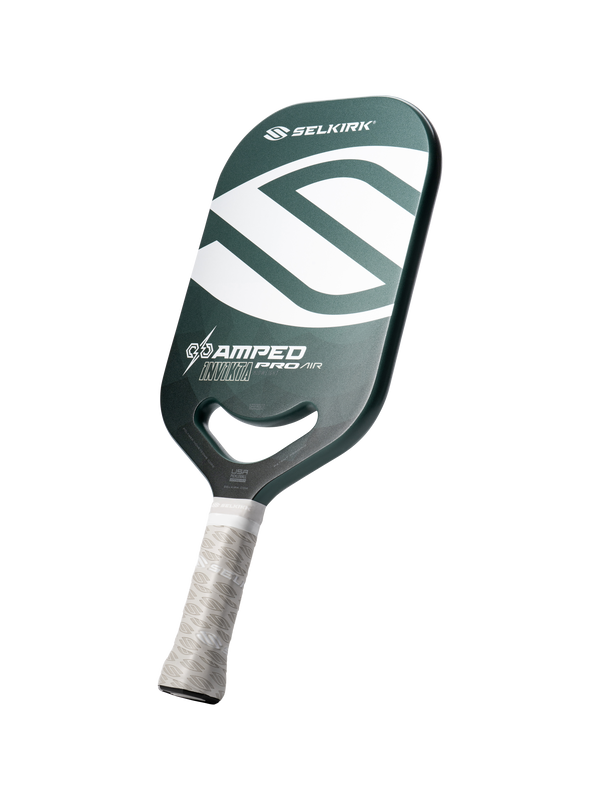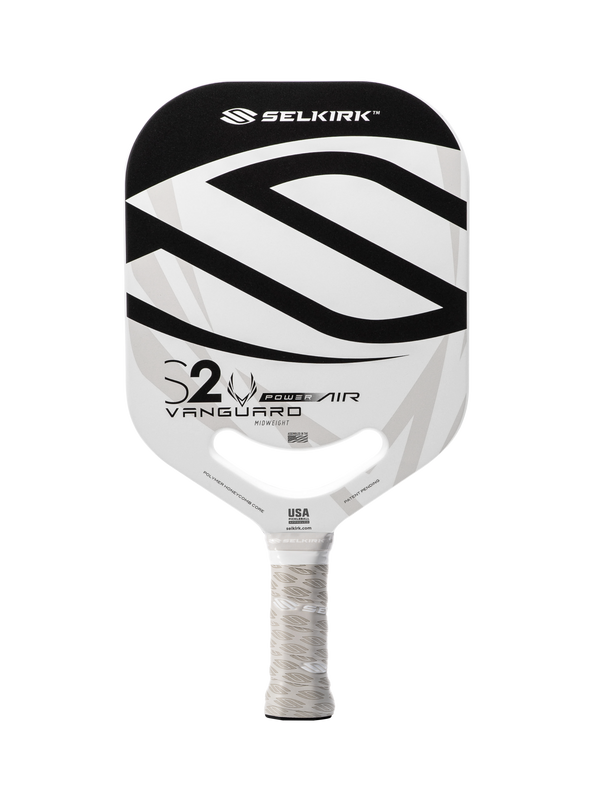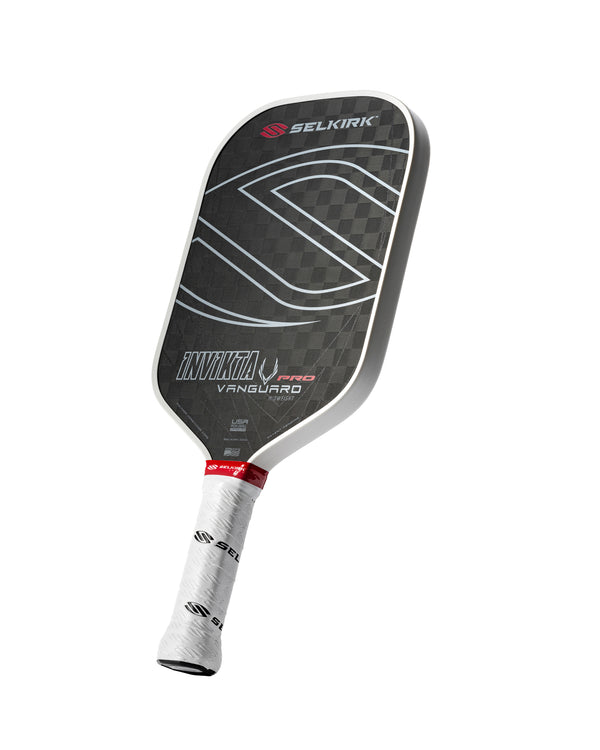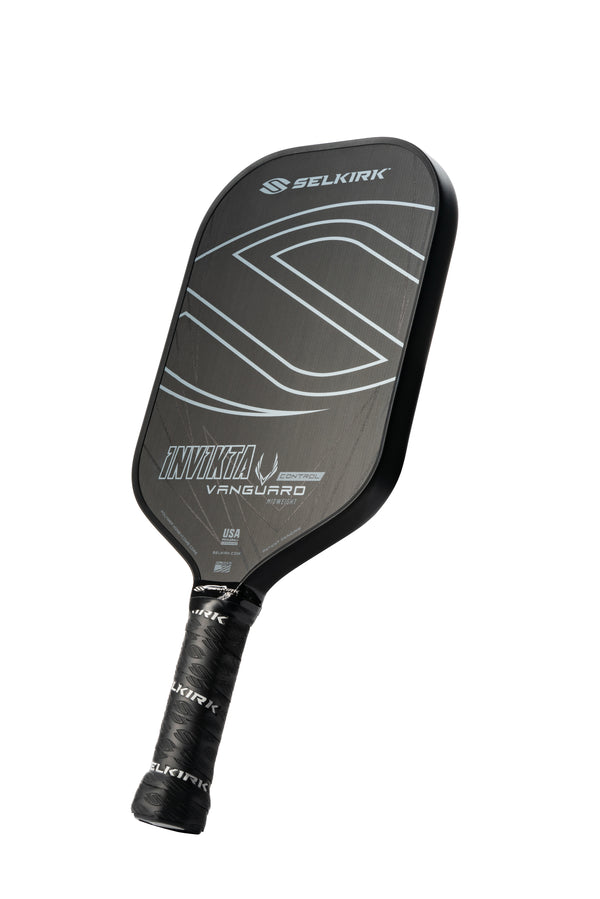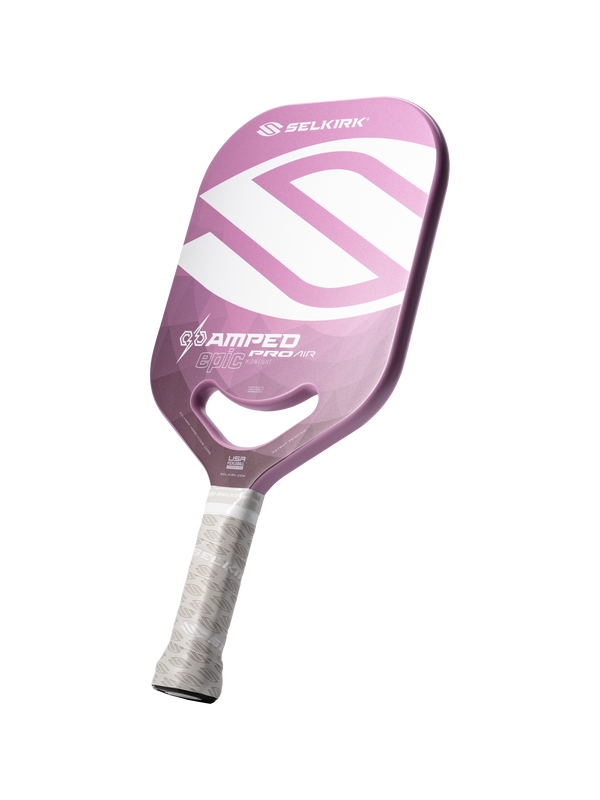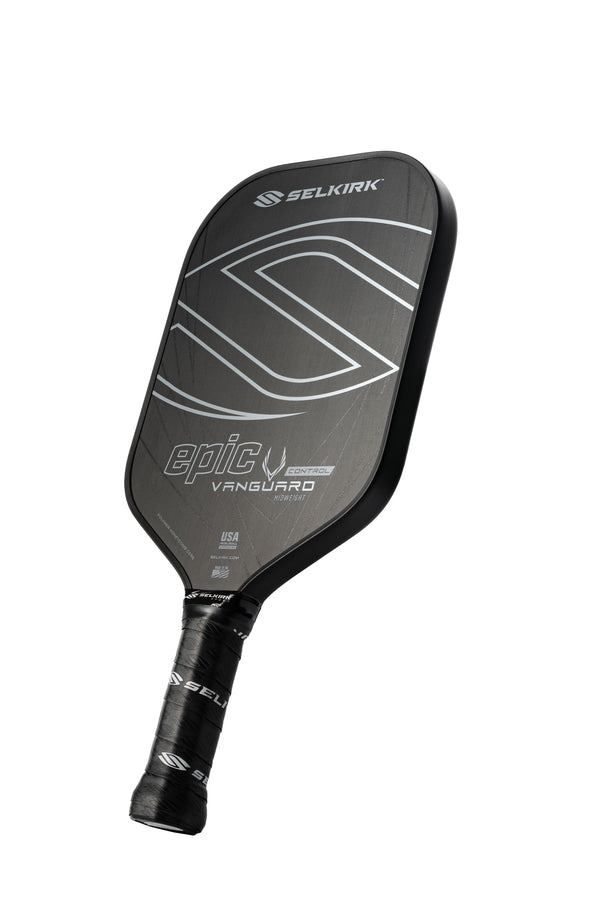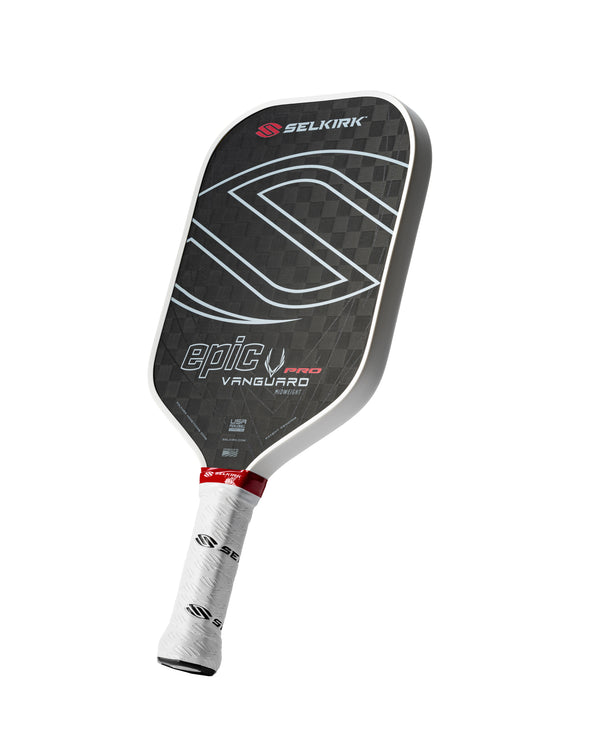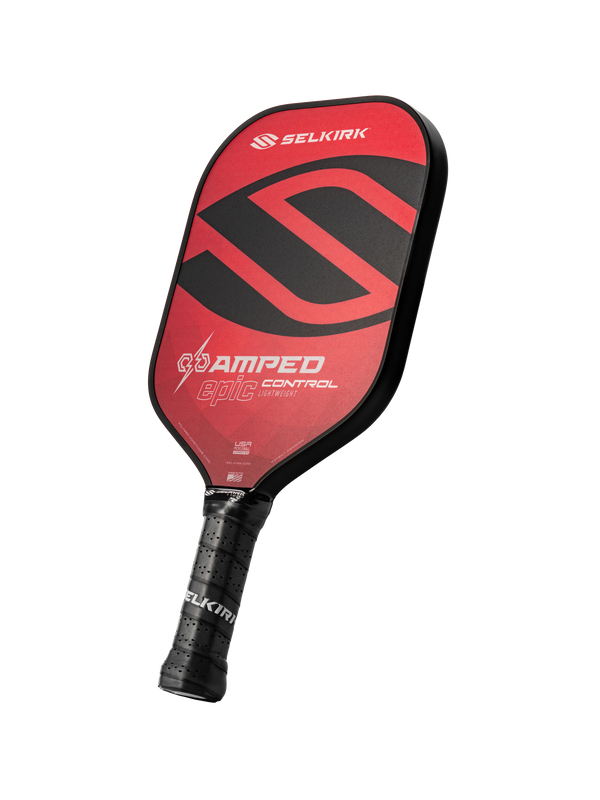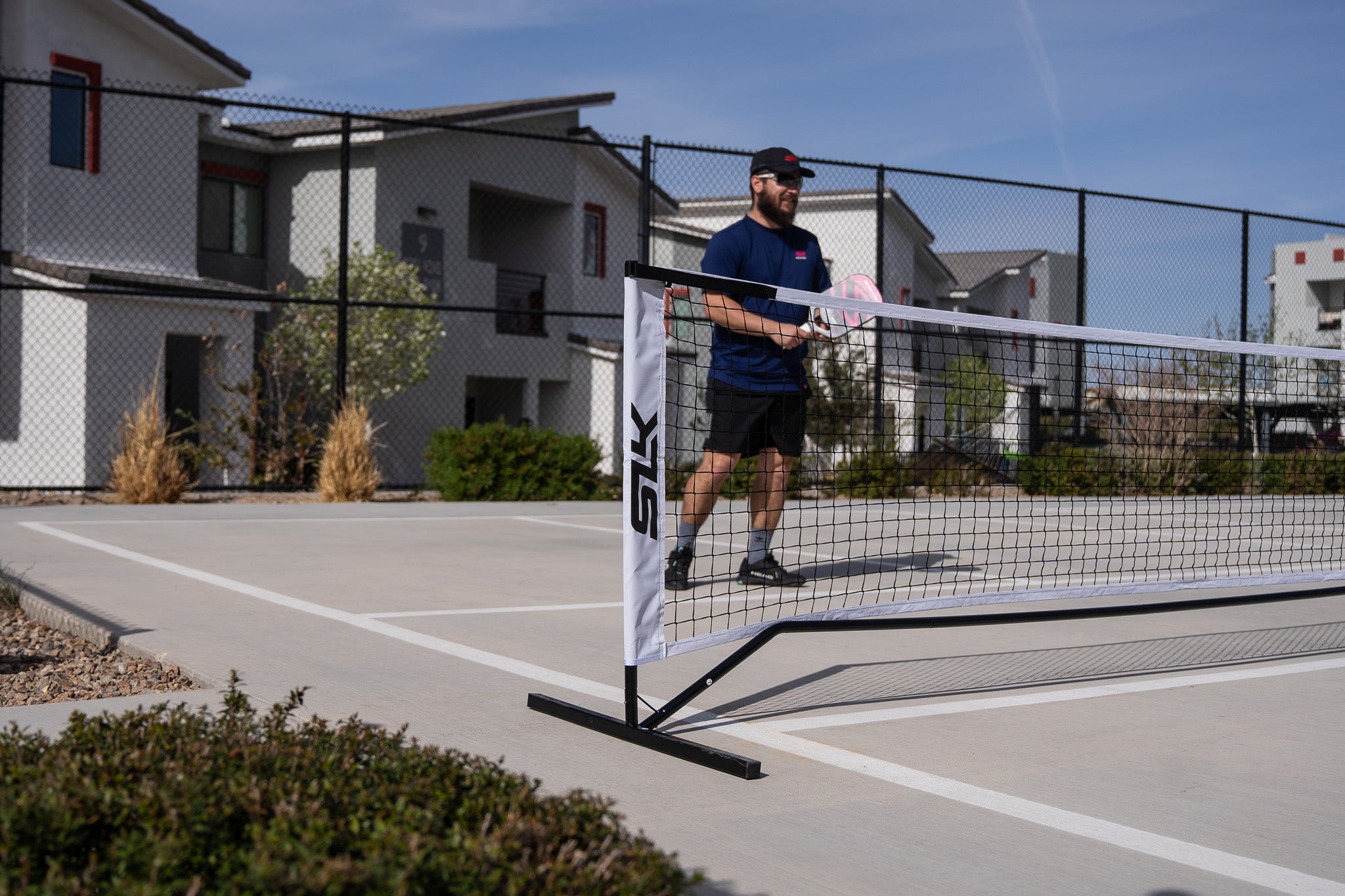
As more people begin to pick up the game of pickleball, there are more disputes cropping up about several commonly-misunderstood rules of the game.
Much of the confusion revolves around the rules at the pickleball net, particularly at pickleball facilities that use temporary pickleball nets, which come with their own special rules.
Drawing directly from official guidance provided by the USA Pickleball rulebook, take a look at these commonly misunderstood pickleball rules to help you avoid common mistakes when you’re up close and personal with the net.
Understanding these rules will not only help you avoid common pitfalls but also equip you with knowledge to use certain situations to your advantage.
Rule 1: Items may not touch the kitchen
One of the most fundamental rules of pickleball involves the kitchen or the non-volley zone. While most players are aware that they cannot step into the kitchen when hitting a volley, many do not realize that this rule extends beyond their feet.
Indeed, if any item attached to you or anything you're carrying, such as your paddle, hat, or sunglasses, falls into the kitchen during a volley, or even after the point has concluded, it is considered a fault. This rule underscores the importance of not only watching your step but also ensuring that all personal items are securely fastened before the game begins.
Rule 2: Crossing the plane of the net
Another rule that often catches players off guard is that you can’t cross the plane of the net (or its imaginary horizontal extension line) before making contact with the pickleball on a shot. This rule applies to any part of your body or any equipment you are wearing or carrying.
Players are allowed to cross the plane of the net after they have made contact with the ball, but not before. This rule is frequently violated during attempts to perform Erne shots, which involve leaping toward the ball to hit a volley. To avoid faulting, players must ensure that they make contact with the ball before any part of their body or equipment crosses over the net's plane.
Rule 3: "The over-and-back"
Pickleball has its share of unique scenarios, and the "over-and-back" situation is a prime example. This exception to the plane of the net rule allows players to cross the plane of the net before hitting the pickleball under a specific condition: if the ball bounces and has sufficient backspin (or is affected by wind) to return to the opponent's side of the net untouched.
For instance, if your opponent hits a ball that lands in your kitchen, bounces, and then spins back over the net without any contact from you, you are permitted to reach over the net to play the ball. However, you cannot cross the plane of the net until the ball has done so.
Failure to make contact with the ball in this scenario results in your fault, and therefore, a point for the opposing team. Players in this scenario often attempt to reach over to their opponent’s side of the court and hit the ball backward into the opponent’s side of the net, ending the point in their favor.
Rule 4: Do not touch the net
Regardless of whether the ball is hit before or after crossing the plane of the net, players must avoid touching the net, net posts, net system, or the opponent's side of the court while the ball is in play. Contact with any of these elements constitutes a fault and results in the loss of the point.
Rule 5: Net posts are out of bounds
It's crucial to note that while a ball hitting the net cord and bouncing over is still in play, the net posts themselves are considered out of bounds. If a ball makes contact with the net posts or any part thereof, it is deemed dead, and the player who hit it commits a fault, losing the point.
Moreover, if the pickleball travels between the net post and the net, landing in play on their opponent’s side of the court, this too is a fault. Successful execution of an around-the-post shot requires the ball to be hit fully around the net post.
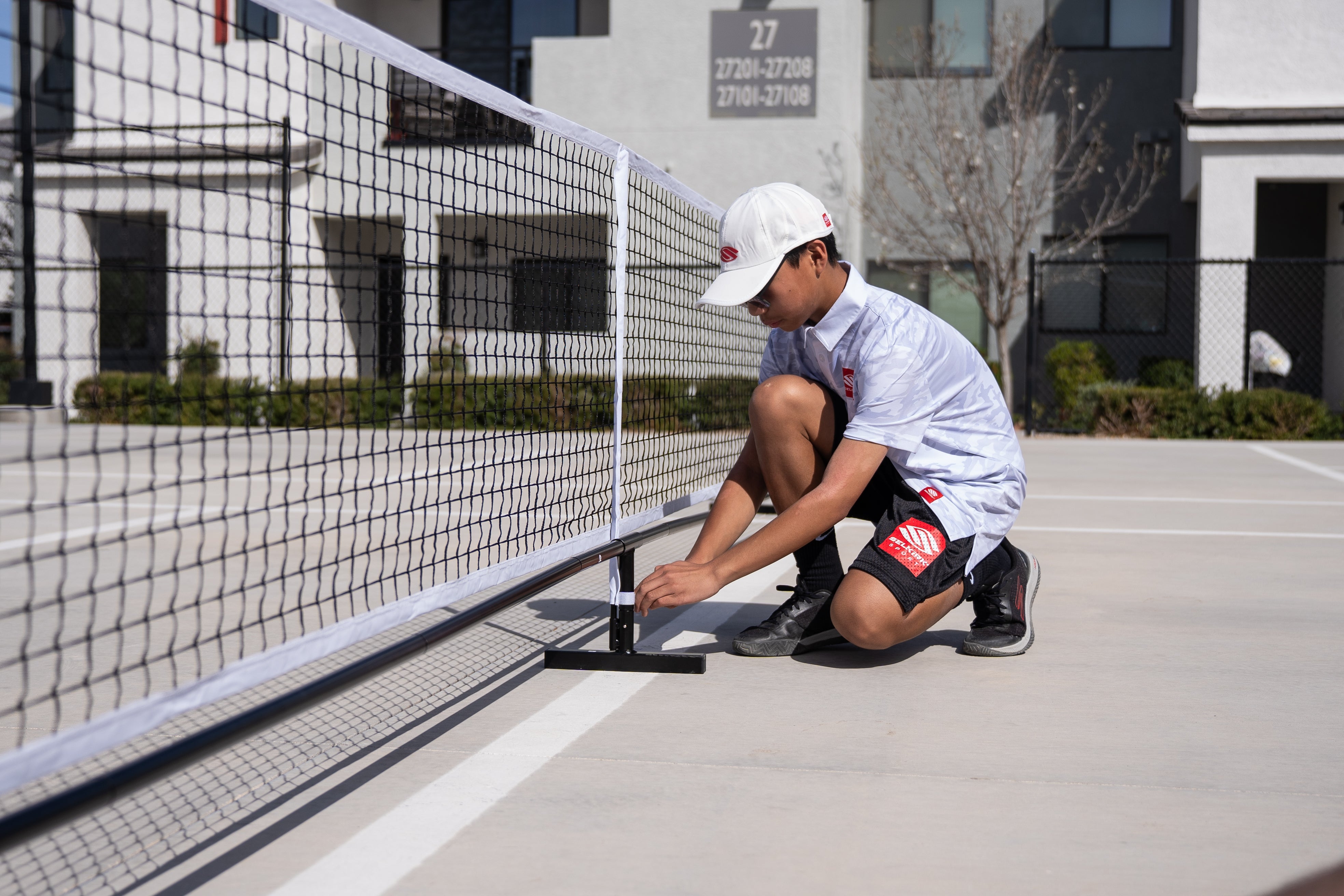
Rule 6: Rules for temporary pickleball nets
When playing with temporary nets, certain situations can lead to confusion because temporary nets often have a horizontal bar at the bottom and support posts that permanent nets do not.
If a player hits the ball into the bottom bar or center base of the net before it crosses over the top of the net, it's considered a fault, resulting in the loss of the rally.
Conversely, if the ball travels over the net and then hits the bottom bar, or gets stuck between the net and the bar, the rally is considered a let, and the point is replayed. However, these rules do not apply on the serve — if such an incident occurs on a serve, it's deemed a service fault and results in a loss of serve.
Additionally, any malfunction of the temporary net during play, such as movement from wind or the net coming unhooked, is treated as a hindrance, and the point is replayed.
By understanding and applying these rules, players can navigate complex scenarios on the court more effectively. Whether you're playing competitively or for fun, a thorough knowledge of these rules enhances the game for everyone involved.


